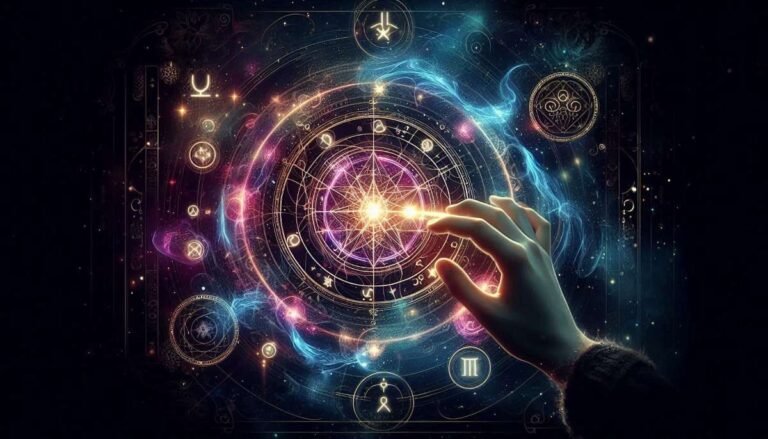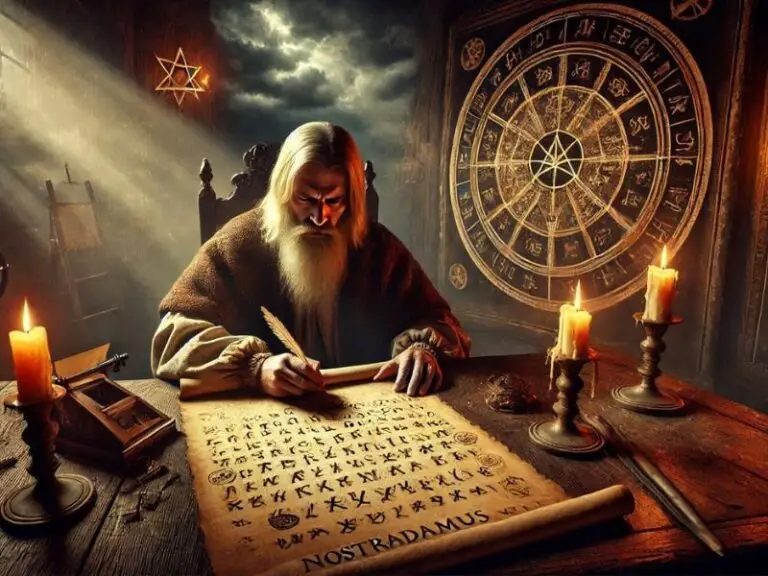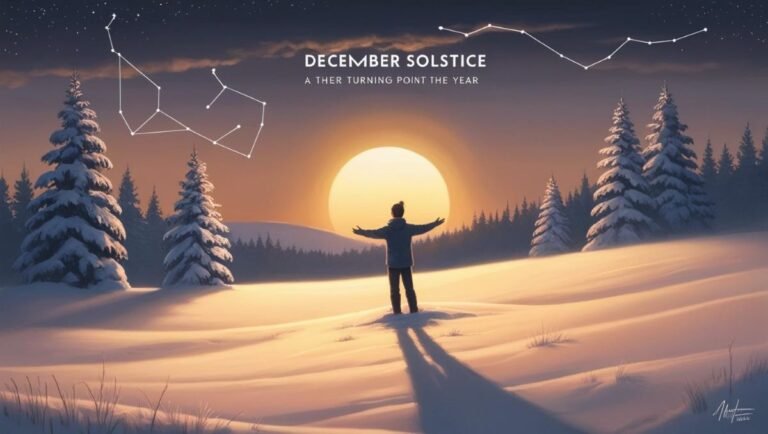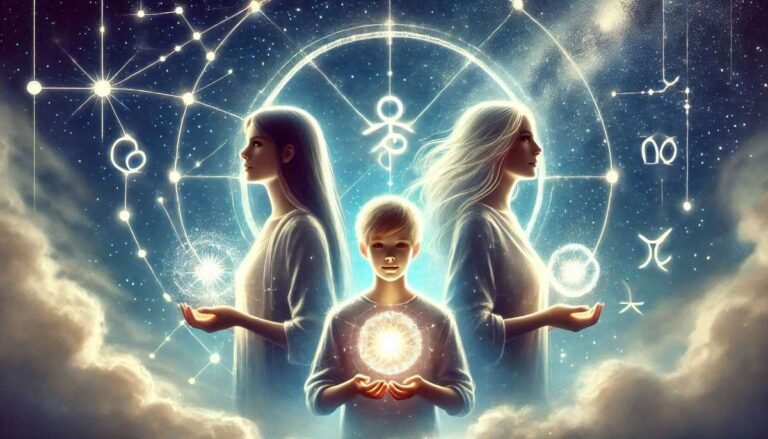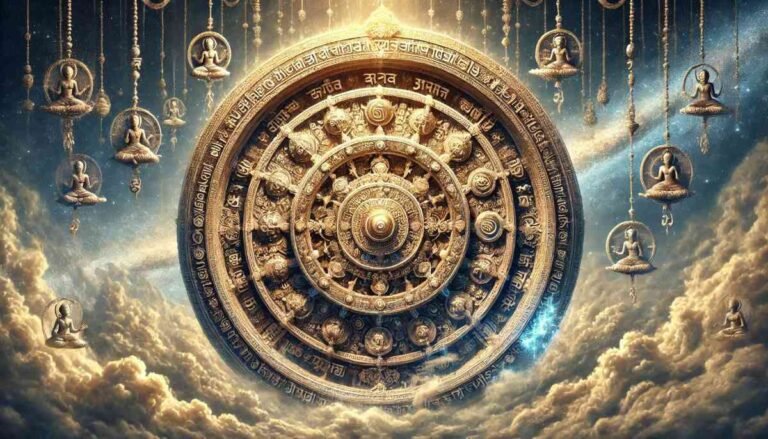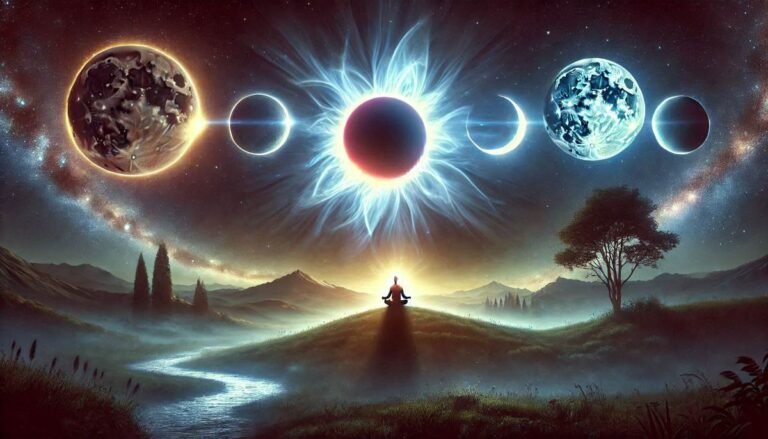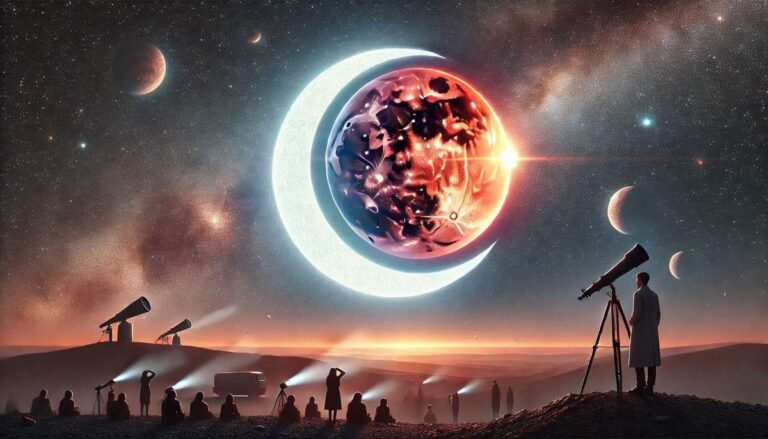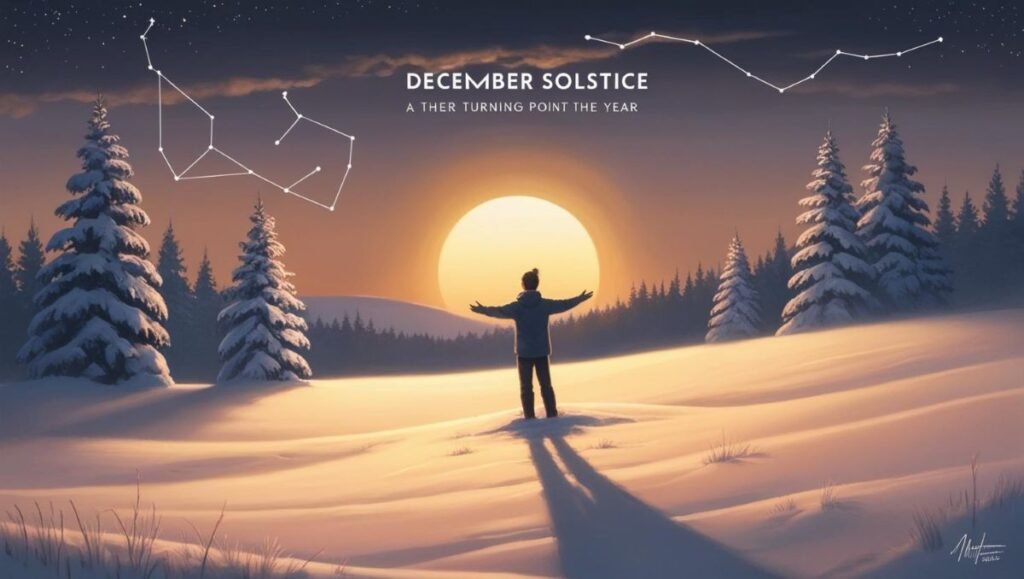
The December Solstice, occurring on December 21, marks a pivotal moment in the celestial calendar. Known as the Winter Solstice in the Northern Hemisphere and the Summer Solstice in the Southern Hemisphere, this event signifies the shortest day and longest night in one half of the globe, and the longest day and shortest night in the other. Beyond its astronomical significance, the solstice has profound cultural, spiritual, and astrological meanings that invite reflection, renewal, and celebration.
Table Of Contents
- The Science Behind the Solstice
- Ancient Celebrations of the Solstice
- Spiritual Significance of the December Solstice
- Astrological Insights into the Solstice
- Rituals to Honor the Solstice
- Modern Applications of the Solstice
- The December Solstice’s Broader Impact
- Closing Thoughts
The Science Behind the Solstice
The solstice occurs when the Earth’s axial tilt is at its most extreme relative to the Sun. On December 21, the Sun appears to stand still (from the Latin solstitium: “sun standing still”) before reversing its apparent motion in the sky. This phenomenon is due to Earth’s 23.5-degree axial tilt, which causes varying sunlight exposure throughout the year.
- For the Northern Hemisphere: The Winter Solstice marks the Sun’s lowest point in the sky, resulting in the shortest day and longest night.
- For the Southern Hemisphere: The Summer Solstice brings the Sun’s highest position, offering the longest day and shortest night.
This astronomical event signals the beginning of astronomical winter in the North and summer in the South, aligning with seasonal cycles that have guided human activity for millennia.
Ancient Celebrations of the Solstice
The solstice has been revered by cultures worldwide as a time of transition and renewal. Ancient civilizations aligned their architecture, rituals, and festivals with the Sun’s movements, emphasizing its importance to survival and spirituality.
- Stonehenge (United Kingdom): This prehistoric monument is precisely aligned with the solstices. On the Winter Solstice, the Sun sets in alignment with the stones, suggesting its significance in ancient rituals.
- Newgrange (Ireland): This 5,000-year-old passage tomb is illuminated by the rising Sun during the Winter Solstice, symbolizing rebirth and the return of light.
- Inti Raymi (Inca Empire): Celebrated in the Southern Hemisphere’s June solstice (their winter), this Sun festival honored Inti, the Incan Sun god, with rituals to ensure agricultural abundance.
- Dongzhi Festival (China): Translating to “arrival of winter,” this festival celebrates family unity and the balance of yin and yang, marking the increase of yang energy as daylight grows longer.
Spiritual Significance of the December Solstice
The solstice represents a moment of pause, reflection, and transformation—a gateway between darkness and light. Many spiritual traditions view it as an opportunity for:
- Inner Renewal: The longest night invites introspection, encouraging individuals to release old patterns and set intentions for growth.
- Celebrating Light: The return of longer days symbolizes hope, renewal, and the triumph of light over darkness.
- Connecting with Nature: The solstice reminds us of our connection to Earth’s cycles, fostering gratitude for nature’s rhythms.
For example, Wiccan traditions honor Yule, a festival of light and rebirth. Candles, evergreen decorations, and bonfires symbolize the Sun’s return, offering warmth and illumination during the darkest time of the year.
Astrological Insights into the Solstice
In astrology, the December Solstice is a cardinal turning point, occurring as the Sun enters Capricorn. This Earth sign is associated with ambition, structure, and responsibility, aligning with the solstice’s themes of reflection and planning for the future.
- Capricorn Energy: Capricorn’s grounding influence encourages individuals to set realistic goals, establish boundaries, and work diligently toward long-term aspirations.
- Seasonal Shifts in Energy: The solstice brings a shift in collective energy, urging us to embrace new beginnings while honoring the lessons of the past year.
To explore how karmic cycles influence personal growth, read The Three Types of Karma: Sanchita, Prarabdha, and Agami Explained for insights into how accumulated and active karmas shape your path.
Rituals to Honor the Solstice
Engaging in solstice rituals can deepen your connection to this transformative time. Here are some meaningful ways to celebrate:
- Meditation and Reflection
- Light a candle and sit in stillness to honor the return of light.
- Reflect on the past year: What lessons have you learned? What patterns are ready to be released?
- Create a Vision for the Year Ahead
- Write down intentions and goals aligned with Capricorn’s practical energy.
- Visualize the light of the returning Sun illuminating your path.
- Connect with Nature
- Take a walk in the crisp winter air (or summer warmth in the Southern Hemisphere) to feel aligned with Earth’s cycles.
- Collect natural elements like pinecones or herbs to create an altar symbolizing renewal.
- Honor Your Ancestors
- Offer gratitude to those who came before you, recognizing their role in your journey.
- Incorporate traditions from your heritage that celebrate the solstice.
For inspiration on overcoming karmic challenges, explore Karma’s Dark Side: How Unresolved Karma Creates Hidden Obstacles in Your Life to understand how ancestral patterns can be transformed.
Modern Applications of the Solstice
In contemporary times, the solstice remains a symbol of hope and renewal. Its significance can be integrated into modern life through:
- Mindful Living: Use the solstice as a marker for reassessing priorities and aligning actions with your values.
- Community Celebrations: Participate in solstice gatherings, such as yoga classes, drum circles, or cultural festivals.
- Creative Expression: Channel the solstice’s energy into art, music, or writing projects that reflect themes of transformation.
The December Solstice’s Broader Impact
The solstice is not merely an astronomical event; it’s a reminder of humanity’s deep connection to cosmic rhythms. Across time and cultures, this celestial moment has united people in awe of the universe’s grandeur.
By embracing the solstice, individuals can:
- Reconnect with the cycles of nature.
- Celebrate the return of light and hope.
- Cultivate a sense of unity with past and present traditions.
This universal turning point invites us all to pause, reflect, and renew—just as the Earth pauses in its celestial dance.
To explore the role of transformation in personal journeys, read The Hero’s Journey: How Joseph Campbell’s Wisdom Can Transform Your Personal Growth for insights into navigating life’s pivotal moments.
Closing Thoughts
The December Solstice is more than a date on the calendar; it’s an opportunity to align with the rhythms of the Earth and the cosmos. By honoring this sacred moment, we embrace the balance between darkness and light, past and future, stillness and growth.
Whether through ancient rituals or modern practices, the solstice serves as a reminder that every ending holds the promise of a new beginning. As the Sun’s journey continues, so does ours, illuminated by the light of renewal and possibility.
